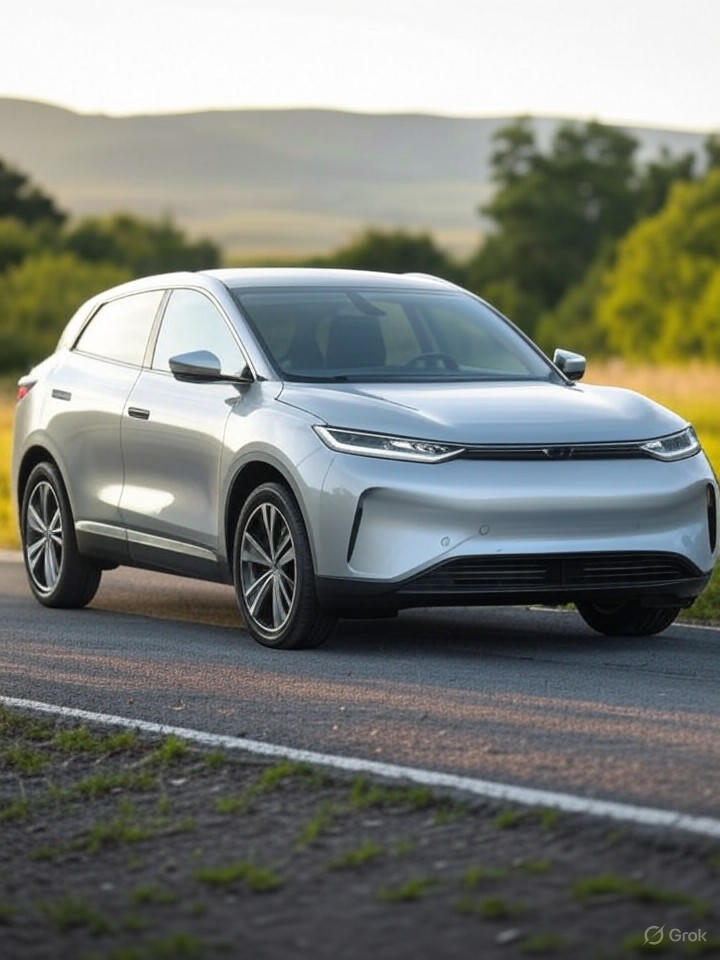Addressing Range Anxiety in Electric Vehicles
As electric vehicles gain traction in the global automotive market, one persistent hurdle continues to loom large: range anxiety. Drivers worry about running out of power on long trips, especially in areas with sparse charging infrastructure. Traditional solutions have focused on enlarging battery packs to extend range, but this approach increases vehicle weight, cost, and environmental footprint. Now, a emerging class of vehicle technology promises to mitigate these concerns without relying on bigger batteries, offering a pragmatic bridge between fully electric and hybrid systems.
This innovation centers on range-extender electric vehicles, or REEVs, which integrate a small internal combustion engine solely to generate electricity for the battery, rather than directly powering the wheels. Unlike conventional hybrids, where the gas engine can drive the vehicle, REEVs operate primarily as EVs, with the extender kicking in only when battery levels dip low. This setup allows for extended travel without the need for frequent charging stops, effectively addressing range limitations in a way that’s both efficient and user-friendly.
The Mechanics of Range-Extender Systems
At the heart of this technology is a compact gasoline or diesel generator that recharges the battery on the fly. For instance, vehicles equipped with this system can achieve total ranges exceeding 500 miles by combining a modest battery with the extender’s output. Industry experts note that this not only reduces the demand for massive battery capacities but also lowers production costs, making EVs more accessible to a broader consumer base. According to a recent article on The Cool Down, while charging networks expand, such middle-ground solutions could significantly ease the transition to widespread EV adoption.
Moreover, REEVs minimize the environmental impact compared to traditional gas vehicles, as the extender operates at optimal efficiency and only when necessary. This results in lower emissions per mile traveled, aligning with global sustainability goals. Automakers like Stellantis have already begun incorporating this technology into models such as the Ram 1500 Ramcharger, which boasts impressive towing capabilities without sacrificing electric performance.
Industry Implications and Adoption Challenges
The adoption of range-extender technology could reshape manufacturing strategies, allowing companies to optimize battery sizes and reduce reliance on scarce raw materials like lithium and cobalt. This is particularly relevant amid supply chain disruptions and rising material costs. A study highlighted in the World Economic Forum suggests that many drivers’ needs could be met with smaller batteries, around 143 miles of range, when paired with supportive tech like extenders.
However, challenges remain, including regulatory hurdles and consumer perceptions. Some purists argue that any combustion element undermines the “pure EV” ethos, potentially slowing acceptance. Additionally, the infrastructure for fueling the extender—gas stations—must coexist with expanding EV chargers, creating a hybrid ecosystem that demands careful planning.
Future Prospects and Competitive Edge
Looking ahead, advancements in extender efficiency, such as integrating biofuels or hydrogen, could further enhance this technology’s appeal. Toyota, for example, is pushing boundaries with batteries promising 745 miles of range, as reported in Forbes, but extenders offer an immediate, cost-effective alternative without waiting for such breakthroughs.
For industry insiders, the real value lies in scalability. By decoupling range from battery size, manufacturers can accelerate EV rollout in diverse markets, from urban commuters to long-haul truckers. As noted in MotorTrend, incremental improvements in battery tech will complement extenders, fostering a more resilient electric mobility future. Ultimately, this technology not only solves a major EV concern but also paves the way for broader innovation, ensuring the sector’s growth amid evolving demands.




 WebProNews is an iEntry Publication
WebProNews is an iEntry Publication